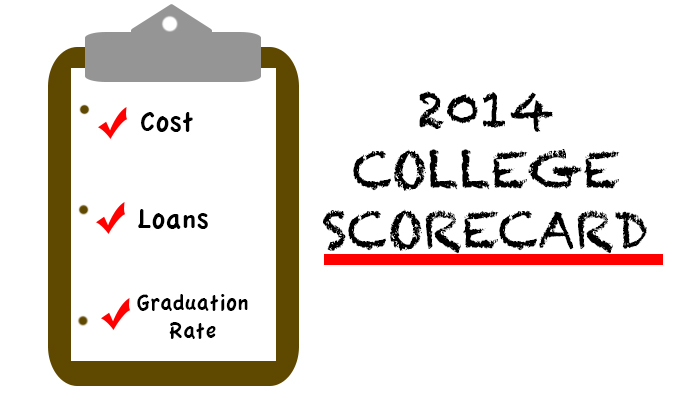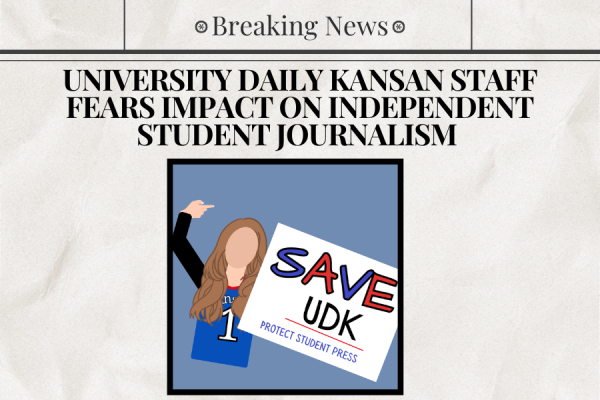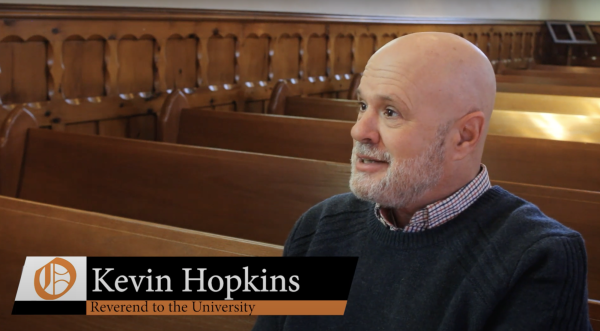College scorecard provides accountability
With thousands of post-secondary institutions, picking a college can be a daunting task. Recently, the White House rolled out a “college scorecard” on the education section of the White House website.
The scorecard catalogs information on colleges across the country in an effort to provide the public with more transparency in the higher education system.
Related Link
“I think this is a product of a greater level of accountability,” Kevin Kropf, senior director of admissions, said. “There are lots of questions about the value of a college education. As states and trustees look at budgets and how money is spent, they’re asking the hard questions. How can we show that our students are learning things, that they’re improving themselves, that they’re better prepared for lives beyond college based upon what we do?”
Any college in the country can be researched on the scorecard, which has five categories: cost, graduation rate, loan default rate, median borrowing and employment. It also has national averages in four out of the five categories.
“While this is a great tool, my guess is it won’t be a tool that students will use a lot to actually find institutions they want to attend but maybe to compare costs once they’ve narrowed it down to a few schools,” Brian Posler, executive vice president of academic affairs and dean of the College of Arts and Sciences, said.
For the scorecard, institution costs are defined as the average amount students pay after subtracting the financial aid students don’t have to pay back, like grants and scholarships, from the cost of attendance. Baker scored in the medium-high range among other institutions nationwide with an estimated net price of $19,445 per year, which the scorecard also reports rose more than 9 percent from 2007-2009.
A possible correlation to the relatively high net price is a high median borrowing among Baker students, priced at $21,000, which is defined as the typical amount families borrow to put a son or daughter through school.
While all students pay back loans differently, the scorecard estimates monthly payments of $241.67 over a 10-year period. While this may seem like a large amount of money to finance a college education, there is no evidence that shows Baker students have trouble paying back these loans.
“The fact that our loan default rate is less than half the national average is a testament to our financial aid office but also means that even though students borrow a lot of money here they are getting enough value here and in their careers afterwards that they are able to handle those debt payments and pay them down,” Posler said.
After transferring from Highland Community College three years ago, senior Ryan Thompson agreed that even though he will graduate with student loans to pay off, the skills he learned at Baker are helping prepare him to do just that.
“Even though Baker is more expensive, the academics here are of course far superior to where I was before,” Thompson said. “I’m a firm believer in logic and critical thinking and no matter what kind of job I get, I know those skills that Baker puts so much emphasis on are going to help me.”
While both Kropf and Posler are committed to improving Baker’s rankings, they know the numbers don’t tell the whole story.
“As an institution, we have to focus on being better for reasons other than rankings,” Kropf said. “We have to be better because we have to be better stewards of the resources that we have. We have to work to fulfill our mission. And if we can get a conversation about this with a prospective student and their family, I like our chances.”







